Disclosure: This article contains affiliate links. We may earn a commission from purchases at no extra cost to you, which helps our travel content.
After decades of documenting dental conferences across six continents, I've developed what my colleagues call a 'clinical eye' for composition. Yet nothing in my 15 years of travel photography prepared me for the visceral impact of Uluru. This monolithic sandstone formation rising dramatically from Australia's Red Centre isn't merely photogenic—it's a living canvas that transforms with each passing hour. Last month, while attending the International Dental Symposium in Sydney, I extended my stay specifically to photograph this UNESCO World Heritage site. As someone who typically photographs European maritime scenes, the stark desert landscape presented both challenges and extraordinary opportunities. This guide distills my week-long photographic journey at Uluru, offering practical advice for fellow photographers seeking to capture its ever-changing moods and sacred presence.
Planning Your Photographic Expedition
Proper planning makes all the difference between returning with pedestrian snapshots or compelling images that convey Uluru's essence. I scheduled my visit during Australia's winter (June-August), when daytime temperatures hover around a comfortable 20°C (68°F)—quite the relief after experiencing the scorching 40°C+ summer heat during a previous Australian conference.
The Red Centre's winter also delivers consistently clear skies and lower humidity, creating optimal conditions for photography. I allocated five full days at Uluru, which proved ideal for capturing varied lighting conditions while allowing flexibility for weather contingencies.
Before departing Frankfurt, I researched sunrise and sunset times meticulously, noting that winter offers more manageable hours for these golden moments (summer sunrise can be uncomfortably early at 5:30 AM). I also consulted lunar calendars to time my visit during a new moon phase, maximizing opportunities for astrophotography.
Equipment considerations for Uluru are significant. My trusty Sony Alpha 7 IV with its excellent dynamic range handled the challenging contrast between the rock and sky beautifully. I paired it with three essential lenses: a 16-35mm wide-angle for landscape compositions, a 24-70mm for versatility, and a 70-200mm telephoto to isolate textural details on Uluru's surface.
The desert environment demands protection for your gear. I brought along my camera rain cover which proved invaluable against both unexpected rain showers and the omnipresent red dust that infiltrates everything.

💡 Pro Tips
- Book accommodation at least 3 months in advance as the limited options near Uluru fill quickly
- Purchase your Uluru-Kata Tjuta National Park pass online before arrival to save time
- Consider renting specialized lenses in Sydney if you're traveling light
The Dance of Light: Sunrise and Sunset
The transformation of Uluru during golden hours transcends typical landscape photography—it becomes a meditation on light itself. After 15 years documenting European architecture and maritime scenes, I found myself recalibrating my entire approach to composition and timing.
For sunrise shoots, I arrived at the designated viewing areas 45 minutes before first light. This early arrival serves two purposes: securing an optimal position among the inevitable crowd of photographers and allowing time to contemplate compositions in the pre-dawn blue hour. The eastern face of Uluru presents the most dramatic morning transformation, with colors shifting from deep purple to burnt orange within minutes.
I discovered that my usual exposure settings required significant adjustment. The rock absorbs light differently than European stone structures I typically photograph, and I found myself bracketing exposures more aggressively than usual. My tripod proved indispensable for these low-light situations, particularly when capturing the subtle gradations of color during twilight transitions.
Sunset offers an entirely different photographic experience. The western face of Uluru becomes increasingly saturated as afternoon progresses, eventually reaching an almost incandescent red that defies adequate description. I found the Talinguru Nyakunytjaku viewing area offered superior sunset compositions, with fewer obstructions and excellent elevation.
A technical note for fellow photographers: the desert air creates pronounced atmospheric distortion during midday heat. This actually presents creative opportunities for abstract compositions using a telephoto lens, capturing the rippling air currents against Uluru's textured surface—a technique I developed after noticing similar effects when photographing ferry exhaust against evening skies in Copenhagen.
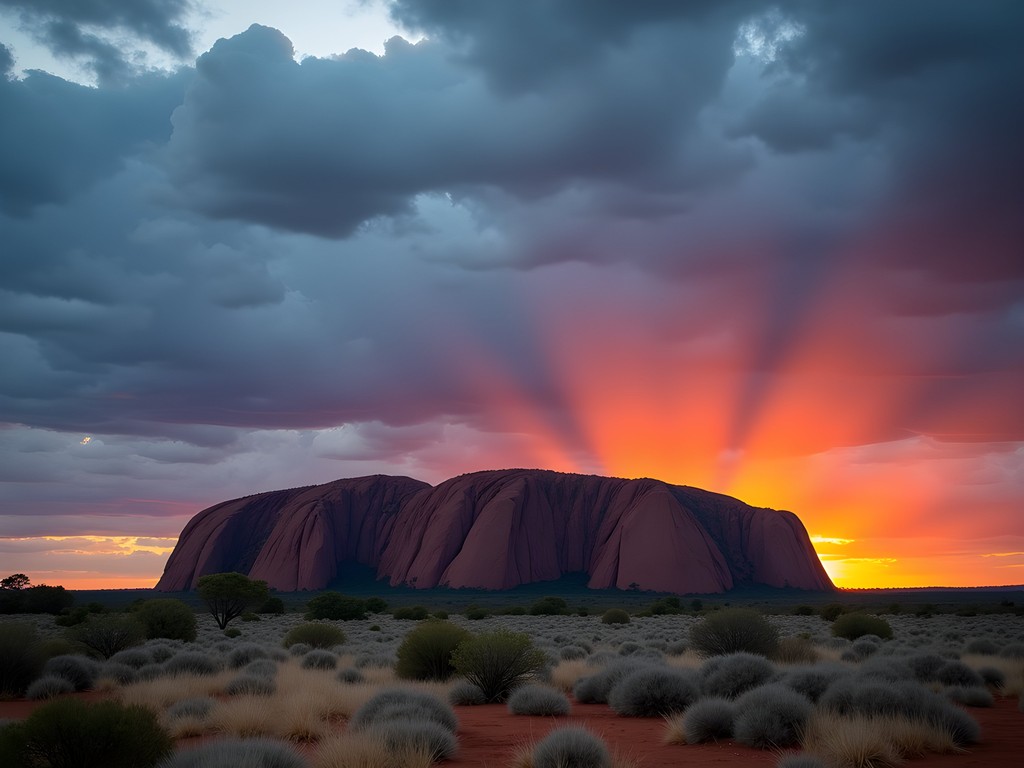
💡 Pro Tips
- Position yourself at least 30 minutes before official sunrise/sunset times to capture the most dramatic color transitions
- Use graduated neutral density filters to balance exposure between bright sky and darker landscape
- Don't pack up immediately after sunset—some of my best images came during the 20-minute 'afterglow' period
Night Photography: Stars Above the Sacred
After years photographing illuminated ferry terminals along Europe's northern coasts, I found Uluru's night sky to be an entirely different technical challenge—and an absolute revelation. The Red Centre offers some of Earth's darkest skies, uncontaminated by light pollution and blessed with exceptional atmospheric clarity.
I scheduled my visit to coincide with the new moon phase, maximizing stellar visibility. For astrophotography, I ventured to the designated night viewing areas approximately one hour after sunset, allowing time for complete darkness to descend. The Milky Way positioning over Uluru changes seasonally—winter (June-August) presents it arching dramatically across the southern sky.
Technically speaking, night photography at Uluru demands specialized equipment. My intervalometer proved essential for precisely timing long exposures without introducing camera shake. For star trails, I programmed sequences of 30-second exposures over 2-3 hours, later stacking them with specialized software.
The juxtaposition of ancient rock against cosmic infinity creates compelling visual narratives. I experimented with foreground lighting techniques, using subtle red-filtered illumination to maintain night vision while highlighting Uluru's textural elements. This approach required sensitivity—Uluru is a sacred site for Aboriginal peoples, and respectful photography practices are paramount.
A practical consideration: temperatures drop significantly after sunset in the desert winter. I found myself grateful for thermal layers and fingerless gloves that allowed camera operation while maintaining warmth. The silence of the desert night creates an almost meditative shooting experience, quite unlike the bustling European ports I typically photograph.
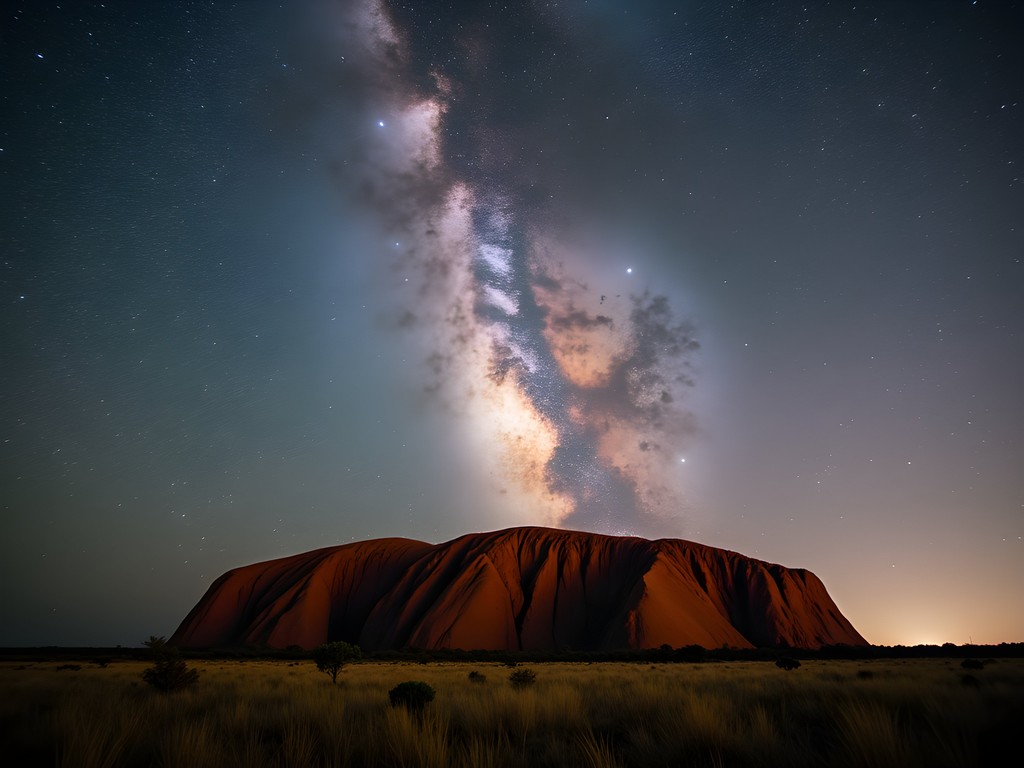
💡 Pro Tips
- Bring a red headlamp to preserve night vision while adjusting equipment
- Pack extra batteries—cold desert nights drain them faster than expected
- Use the 500 rule (500 ÷ lens focal length = maximum exposure time) to avoid star trailing in single exposures
Cultural Sensitivity in Photography
Photographing Uluru presents unique ethical considerations that transcend typical travel photography protocols. As a visitor to this sacred Aboriginal site, I approached my work with heightened awareness of cultural sensitivities—something I've developed through years of photographing historically significant European locations.
The Anangu people, traditional owners of Uluru, request that certain areas of the formation not be photographed due to their spiritual significance. These restricted zones are clearly marked throughout the park, and I made it my responsibility to research and respect these boundaries before arriving. The Uluru-Kata Tjuta Cultural Centre provides excellent educational materials explaining the significance of specific sites.
Beyond observing explicit restrictions, I found that engaging with Aboriginal cultural programs enhanced my photographic perspective. I participated in a guided walk led by an Anangu elder who shared creation stories associated with specific features of Uluru. This cultural context transformed my approach—rather than simply documenting a geological formation, I began composing images that respected and reflected the rock's living cultural significance.
A practical consideration involves obtaining proper permits. While standard park entry fees cover personal photography, any commercial use requires additional permissions. As someone who occasionally publishes in dental journals, I ensured all my documentation was properly authorized.
I also discovered that the way we speak about our photographs matters. Rather than claiming to have "captured" Uluru, I've learned to frame my work as having documented a moment of connection with this ancient place. This subtle linguistic shift reflects a deeper understanding that as photographers, we are privileged witnesses rather than owners of the landscapes we photograph.

💡 Pro Tips
- Research and respect photography restrictions before your visit
- Attend an Aboriginal cultural tour to gain deeper understanding of what you're photographing
- Consider how your images will be shared—some perspectives are appropriate for personal memories but not for public display
Beyond Uluru: Kata Tjuta and Kings Canyon
While Uluru understandably dominates the photographic attention in Australia's Red Centre, I discovered that expanding my scope to include nearby formations yielded a more comprehensive visual narrative of this ancient landscape.
Kata Tjuta (the Olgas), located just 40 kilometers west of Uluru, presents a dramatically different photographic subject. Where Uluru rises as a singular monolith, Kata Tjuta comprises 36 distinct domed formations. This geological complexity creates fascinating interplays of light and shadow throughout the day. I found the Valley of the Winds walk particularly rewarding for photography, offering intimate perspectives of the weathered rock faces and the subtle desert vegetation that thrives between them.
Technically, Kata Tjuta demands different compositional approaches than Uluru. I relied heavily on my polarizing filter to manage the intense glare from these rounded surfaces and to enhance the subtle color variations in the rock. The morning light penetrating between the domes creates dramatic crepuscular rays that reward patient photographers.
Further afield, Kings Canyon (approximately 300 kilometers from Uluru) offers yet another distinct photographic environment. The sheer sandstone walls and unexpected palm-filled gorges create striking visual contrasts. I allocated a full day for the Rim Walk, timing my hike to reach the most photogenic sections during optimal light.
A practical consideration for photographing these extended locations involves transportation. I opted for a guided photography tour rather than self-driving, which allowed me to focus entirely on composition rather than navigation. Many tours cater specifically to photographers, scheduling arrivals and departures to maximize golden hour opportunities.
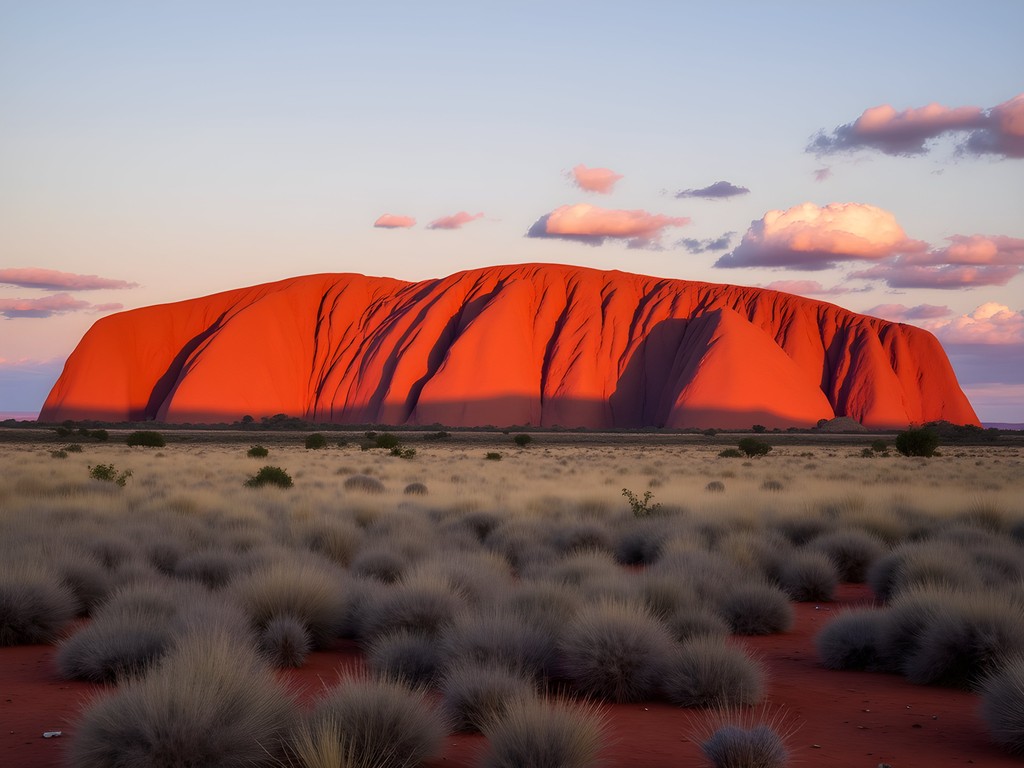
💡 Pro Tips
- Use Uluru as your base but allocate at least one full day each for Kata Tjuta and Kings Canyon
- For Kata Tjuta, the Walpa Gorge is particularly photogenic in late afternoon when light reflects between the domes
- At Kings Canyon, the Garden of Eden waterhole offers striking reflections but requires hiking in with appropriate equipment protection
Final Thoughts
As I packed away my equipment on my final evening at Uluru, watching the ancient monolith fade into twilight, I reflected on how this landscape had transformed my photographic practice. After 15 years documenting European maritime scenes and dental conferences, the Red Centre demanded I develop new technical approaches while deepening my understanding of photography's ethical dimensions. The images I've brought back to Frankfurt aren't merely additions to my portfolio—they're visual testaments to moments of connection with one of Earth's most profound places. Whether you're a seasoned photographer or an enthusiastic amateur, Uluru offers unparalleled opportunities to grow both technically and artistically. Just remember: approach this sacred landscape with patience, respect, and willingness to let the place itself guide your creative vision. The most compelling images emerge not when we impose our photographic will, but when we attune ourselves to Uluru's ancient rhythms and light.
✨ Key Takeaways
- Plan visits during winter (June-August) for optimal photography conditions and comfortable temperatures
- Allocate sufficient time (minimum 4-5 days) to capture varied lighting conditions and weather patterns
- Research and respect cultural photography restrictions before shooting
- Look beyond the obvious postcard shots to find unique perspectives that convey personal connection
📋 Practical Information
Best Time to Visit
June-August (Australian winter)
Budget Estimate
$2,500-3,500 AUD for 7 days (excluding international flights)
Recommended Duration
5-7 days minimum
Difficulty Level
Moderate
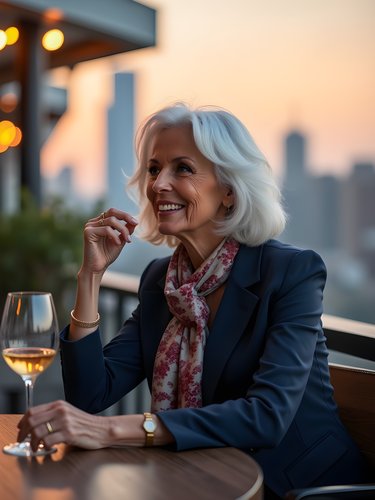
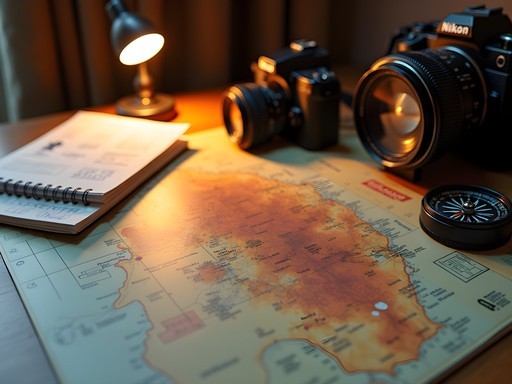














Comments
Douglas Bradley
Excellent guide, Katherine. Your dental background gives you a unique perspective on composition that really shows in your work. I'd add that weather tracking is crucial at Uluru - I use weather app to predict those dramatic cloud formations that can make or break a sunset shot. Also worth noting that the Kata Tjuta formations (The Olgas) nearby offer equally compelling but very different photographic opportunities with their rounded forms creating fascinating shadow play. Did you explore those as well? The Valley of the Winds walk at sunrise gave me some of my best portfolio shots from the region.
Katherine Fisher
Thanks Douglas! You're absolutely right about Kata Tjuta - I spent two mornings there and was blown away. The Valley of the Winds in changing light is magical. I should have included more about it!
moontime
Just wanted to say thanks to both of you! Booked my trip for April and taking notes from all these tips!
islandfan
Your section on cultural sensitivity really resonated with me. When I visited last year, our guide explained which areas were off-limits for photography, and it completely changed how I approached shooting there. I noticed you mentioned the same spots around the base walk where photography isn't allowed. I think it's so important that visitors understand the spiritual significance. Did you do any of the cultural tours? The one with the indigenous guides gave me so much context for my photos.
Katherine Fisher
Yes! The Indigenous cultural tour was the highlight of my trip. It completely transformed how I saw and photographed the landscape. Those stories stay with you.
moontime
Wow, your sunset shots are incredible! What time of year did you visit? Planning my trip and wondering when the lighting is best for photography.
Katherine Fisher
Thanks! I was there in late April/early May, which was perfect - fewer tourists and the light was magical. The colors in autumn (March-May) are particularly vibrant.
moontime
That's super helpful, thank you! Did you need any special lenses for those night sky shots?
explorefan5599
Just got back from Uluru last week! Pro tip for photographers: there's a less crowded viewing area on the eastern side that hardly anyone uses for sunset. Not quite as iconic as the sunset viewing platform but we had it all to ourselves and got amazing shots without fighting crowds.
wanderlustdiver
Thanks for the insider tip! Saving this for my trip in December.
vacationhero
That shot of the Milky Way over Uluru is incredible! Did you composite that or is it a single exposure?
Katherine Fisher
It's actually a stack of 15 exposures! The foreground is a blue hour shot and the sky is a stack to reduce noise. The stars are surprisingly bright out there with zero light pollution.
coffeelover
Just WOW! Your photos make me want to book a flight right now! The way you captured the changing colors of Uluru throughout the day is absolutely magical. I've been to many natural wonders around the world, but somehow Australia has always eluded me. This post has officially moved Uluru to the top of my bucket list. The way you described that moment in your conclusion, watching the monolith fade into twilight... I could almost feel the sacred energy of the place through your words. Thank you for sharing both your technical expertise and your emotional connection to this special place. Pure inspiration!
vacationclimber
Great post! I'm a beginner photographer planning my first trip to Australia. Would a basic DSLR with kit lens be enough for decent shots at Uluru, or should I invest in something better before going? Also, how difficult is the night photography there for someone with limited experience?
Katherine Fisher
A basic DSLR with kit lens will absolutely work for daytime shots! For night photography, the main thing you'll want is a sturdy tripod and remote shutter release. If your budget allows, a wide-angle lens with good low-light capability (f/2.8 or wider) makes a huge difference for stars. But honestly, the landscape is so spectacular that even simple equipment can capture amazing images.
Hunter Thompson
Totally agree with Katherine. I'd add that learning the basics of manual mode before you go will help immensely with night shots. The Uluru night sky is one of the clearest I've ever seen - worth practicing your night photography skills beforehand!
Kimberly Murphy
Katherine, your post brought back such vivid memories! I was there during a rare rainfall last year and the experience of photographing water cascading down the rock face was absolutely magical. For anyone planning a visit, don't just focus on the rock itself - the desert flora around Uluru makes for stunning foreground elements, especially if you catch them in bloom. Also worth mentioning that the flies can be RELENTLESS during certain seasons - I ended up with dozens of shots ruined by me swatting away insects! A head net doesn't look glamorous but saved my sanity and my photos.
Hunter Thompson
Brilliant post Katherine! I backpacked through the Red Centre last year and Uluru absolutely blew my mind. Your tips on positioning for sunrise are spot on - that northeast viewing area gets way less crowded than the main platforms. One thing I'd add for fellow photographers: the dust is BRUTAL on equipment. I used my camera protector religiously and it saved my gear. Also worth mentioning that the flies can be relentless during certain seasons - a head net looks silly in photos but saved my sanity during long exposure setups! Your cultural sensitivity section should be required reading for everyone visiting, not just photographers. Cheers for the comprehensive guide!
vacationclimber
The flies are no joke! I was there in December and couldn't believe how persistent they were. Wish I'd known about the head net before going.
cityvibes3322
Those star trail shots are incredible! 😍
Venture X
Premium card with 2X miles, $300 travel credit, Priority Pass